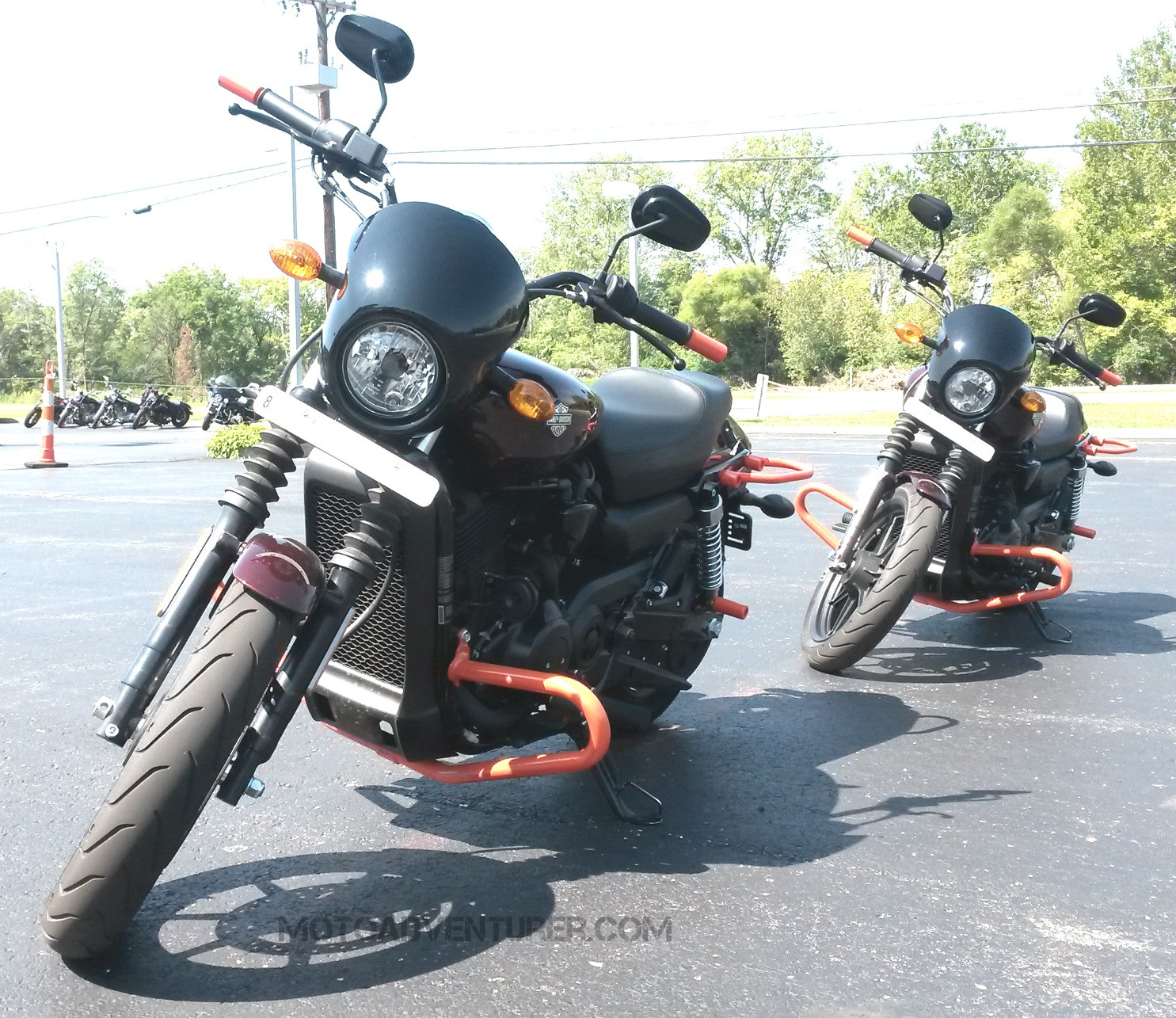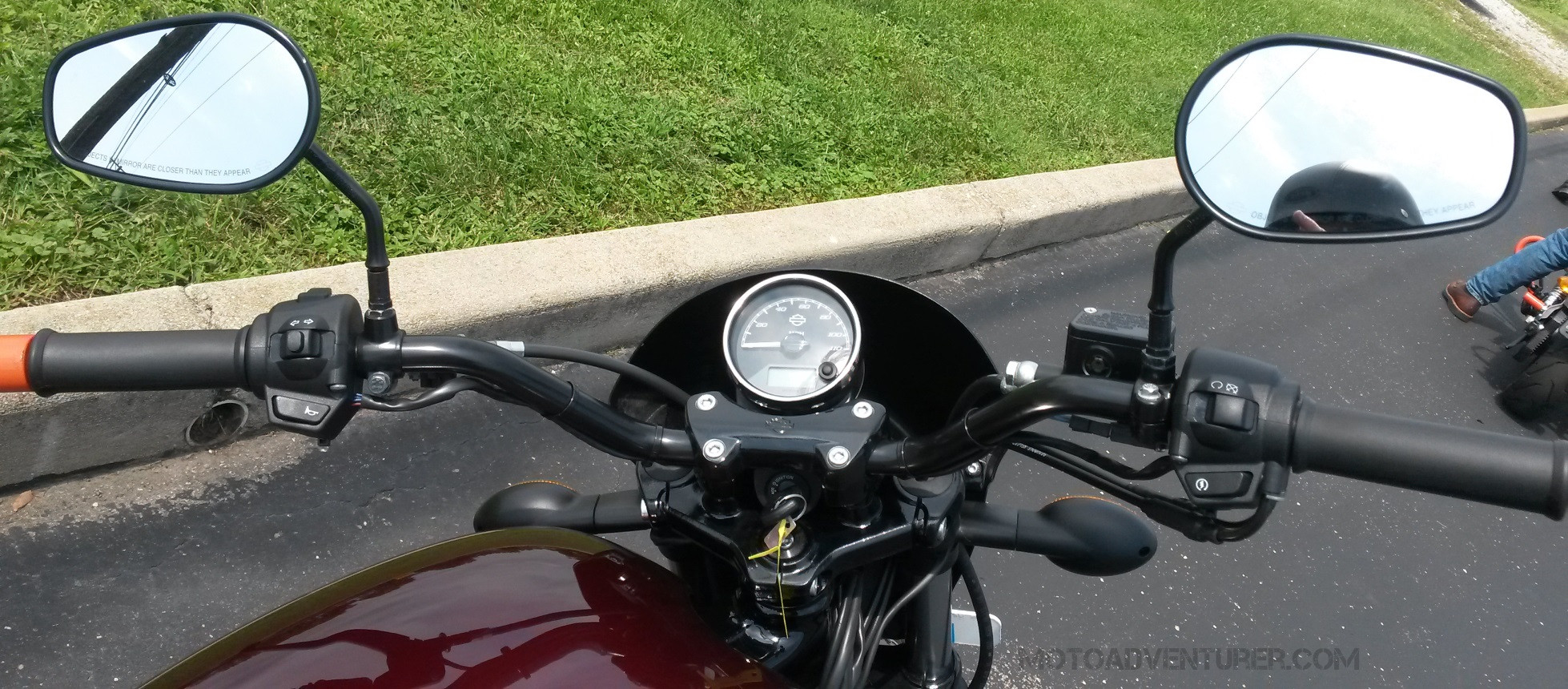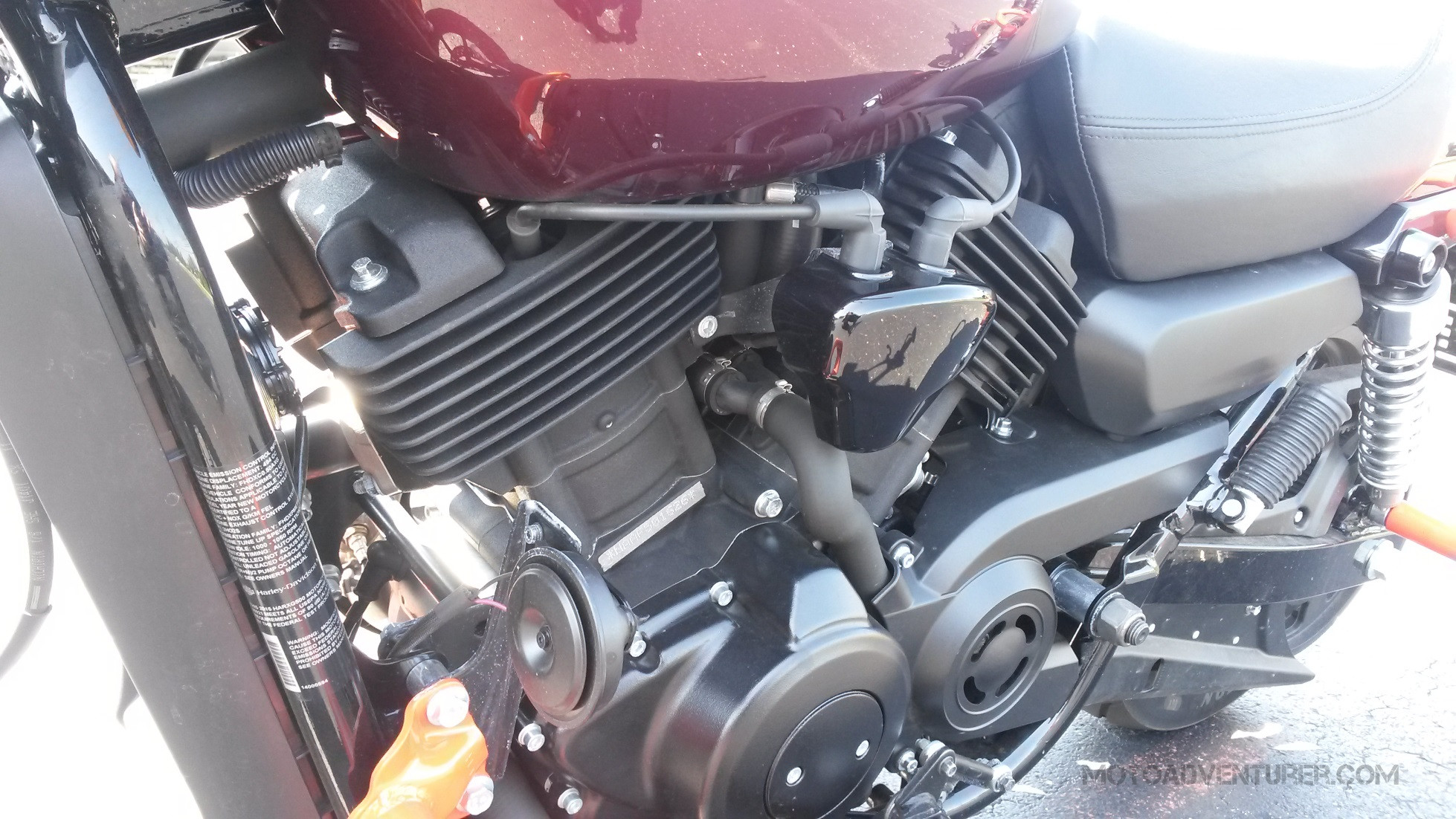Harley-Davidson’s initiative to offer the Basic Rider Course (BRC) for free to U.S. military personnel and veterans caught my attention recently. As a rider with an endorsement, I still recognized the value of formal training, even with my “old-fashioned” riding background. In Ohio, like many places, getting your motorcycle endorsement involves a written test followed by a practical road skills test. Having grown up around bikes, I opted for the self-taught route initially. However, a free BRC offered by Harley-Davidson seemed too good to pass up, especially focusing on improving riding skills and safety.
This brings us to the Harley Street 500. With Buell’s departure from the scene, Harley-Davidson’s new Street 500 and 750 models have become the standard training bikes for the HD Rider Academy (formerly Rider’s Edge). Beyond the safety and skill enhancement, this was a major draw for me. Being an enthusiast of almost all motorcycles, the opportunity to ride the new 500cc Harley was exciting. While my review is limited to the controlled environment of the BRC, it provided unique insights into this new machine, particularly from a non-professional journalist’s perspective.
At first glance, the Street 500 doesn’t immediately scream “Harley-Davidson.”
 Front view of the Harley Davidson Street 500 motorcycle, showcasing its non-traditional Harley design with a radiator and modern elements.
Front view of the Harley Davidson Street 500 motorcycle, showcasing its non-traditional Harley design with a radiator and modern elements.
If you were to remove the badging and perhaps change the tires, the average person might not identify it as a Harley. The radiator, the 60-degree V-twin engine, and exposed cables give it a less traditional HD aesthetic. This departure in design is likely to be divisive among Harley enthusiasts, potentially appealing to some while alienating purists. For me, it’s a positive evolution. The Street 500 and 750 represent a brand expansion, embracing a more accessible “standard” category with mid-controls and an upright riding position, contrasting with Harley’s traditional big bore cruiser lineup. Aside from the orange crash bars, specific to the BRC training models, the Street 500 retains familiar Harley-Davidson “fit and finish.” While “fit and finish” is often overused, it’s evident in the Street 500’s quality parts and attention to detail for an entry-level bike. The metal accents, quality engine castings, and minimal plastic usage contribute to its perceived value. I particularly appreciate the new tank design. Unlike the Sportster peanut tank which has never appealed to me, the Street 500 tank seems inspired by the Sportster 833 Superlow or 1200, enhancing the bike’s curves, a characteristic expected of a cruiser.
For the BRC, I opted for the “tall” seat. At 5’10”, and accustomed to cruisers, I prefer a higher riding position for better maneuverability and straighter leg positioning. While I only briefly tested the standard seat, the tall seat proved comfortable during the weekend training. The seat’s substantial padding was noticeably more generous than my stock Speedmaster seat, adding to the comfort. At low speeds within the BRC, the suspension felt plush, although a proper assessment would require varied riding conditions. It’s possible the suspension might be softer given its entry-level classification, but other aspects suggest otherwise. The belt drive, a notable feature, is uncommon in this price range, with competitors like the Vulcan S 650 using a chain drive. The Michelin Scorcher 11 tires were a pleasant surprise, deviating from Harley’s usual Dunlop preference. The fork gaiters and headlight cowling further enhance its appeal. From the first time I saw the Street 500, I envisioned it as an ideal base for a modern cafe racer conversion.
However, some aspects of the Street 500 deviate from traditional Harley-Davidson norms, beyond just the liquid cooling. Plastic components are present, and while plastic isn’t inherently negative, its execution can cheapen the feel of a bike.
 Close-up view of the Harley Davidson Street 500 mirrors and handlebar controls, highlighting the standard Harley mirrors and non-traditional turn signal switch.
Close-up view of the Harley Davidson Street 500 mirrors and handlebar controls, highlighting the standard Harley mirrors and non-traditional turn signal switch.
Harley has done a decent job compared to competitors, but the right side cover feels somewhat basic. Traditional Harley enthusiasts might also dislike the turn signal switch – a standard, non-canceling, left-hand grip type common across many brands. Conversely, the engine cut-off switch on the right grip, all black with a left-to-right motion, felt unusual. Perhaps it’s personal preference, but a kill switch is typically red and operates vertically. Another minor complaint is the mirrors; standard HD mirrors, but their placement offered a great view of my shoulders, hindering rear visibility. My main concern is the cable routing on the exhaust side. While exposed wiring on handlebars is common for smaller bikes, the main wiring bundle seemed like an afterthought. However, the BRC Street 500s were early production models, preceding dealer stock, which could explain this.
 Close-up of the Harley Davidson Revolution X engine, emphasizing its modern, liquid-cooled design and Harley-Davidson branding.
Close-up of the Harley Davidson Revolution X engine, emphasizing its modern, liquid-cooled design and Harley-Davidson branding.
The Street 500’s engine is where it truly excels. The 500cc Revolution X engine impressed me with its pep, especially compared to my 150cc scooter and even my CB650. The exhaust note was also noteworthy; despite being liquid-cooled and overhead cam, it retained a hint of the classic Harley rumble, blended with a pleasant air intake whistle. Unlike some Victory motorcycles I’ve ridden, the overhead cam noise was minimal. The instrument cluster, similar to my Speedmaster, includes turn signal indicators within the speedometer, a nice touch. While the Street 500 lacks a tachometer (presumably like the 750), it’s expected on an entry-level bike. The chassis feels compact, contributing to its nimble cornering, ideal for urban commuting.
Overall, the Harley Street 500 exceeded my expectations. I dislike labeling bikes as strictly “entry-level,” especially considering 650cc bikes were once considered “big bikes.” Even superbikes often fall in the 600cc range. Initially, I viewed the Street 500 as a small beginner bike, but its performance changed my perspective. The Street 500 is surprisingly nimble, torquey, and refined for its price point. Given the bore is the primary difference between the 500 and 750, a Street 750 would be a strong contender for a modern, yet retro, café racer project.

